Explaining the McLaren's 'Mini-DRS' wing
McLaren's 'mini-DRS' rear wing design boosts straight-line speed, helping Piastri defend against Leclerc in Azerbaijan GP.
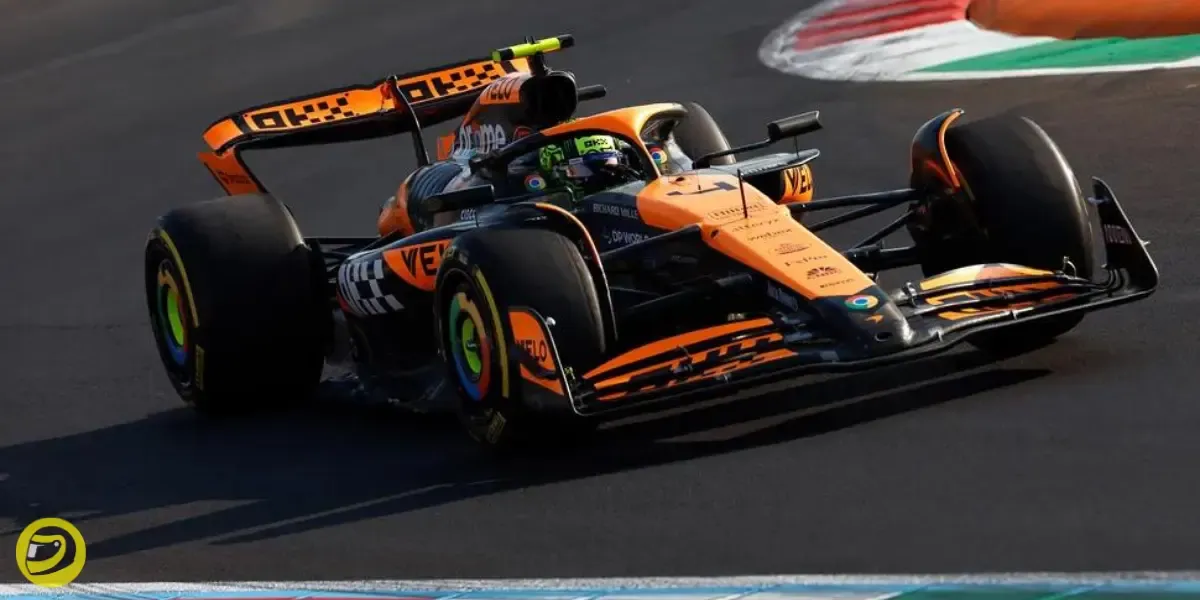
A new chapter in Formula 1's ongoing technical arms race has unfolded following the Azerbaijan Grand Prix, with McLaren's rear wing design taking center stage in the latest aerodynamic intrigue.
Onboard footage from Oscar Piastri's MCL38 has revealed an intriguing phenomenon: the upper flap of the rear wing appears to distort under load, with the outer leading edge visibly tilting upwards as speeds increase.
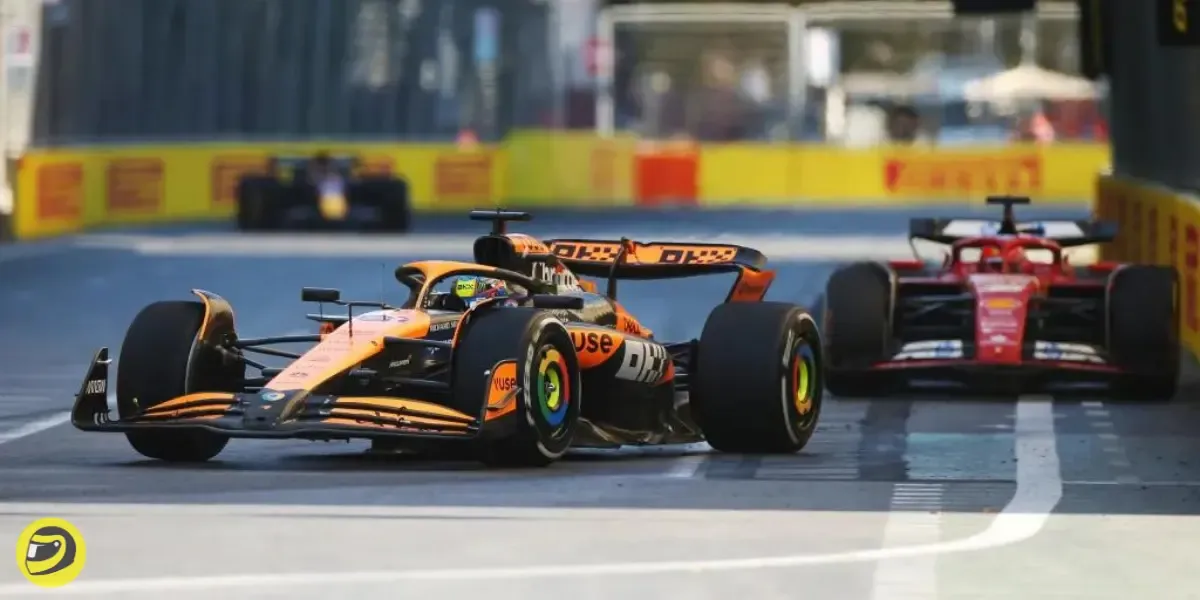
This subtle yet significant deformation could potentially offer McLaren a crucial advantage in reducing drag and boosting straight-line speed.
The Mechanics of McLaren's 'Mini-DRS'
The behavior of McLaren's rear wing design has caught the attention of keen-eyed observers, particularly in light of Piastri's impressive defense against Ferrari's Charles Leclerc during the Azerbaijan Grand Prix.
Despite Leclerc having the advantage of DRS, Piastri managed to keep the Ferrari at bay, raising questions about the performance gains McLaren might be extracting from their innovative wing design.
At its core, the McLaren solution appears to create a effect similar to DRS, albeit on a smaller scale.
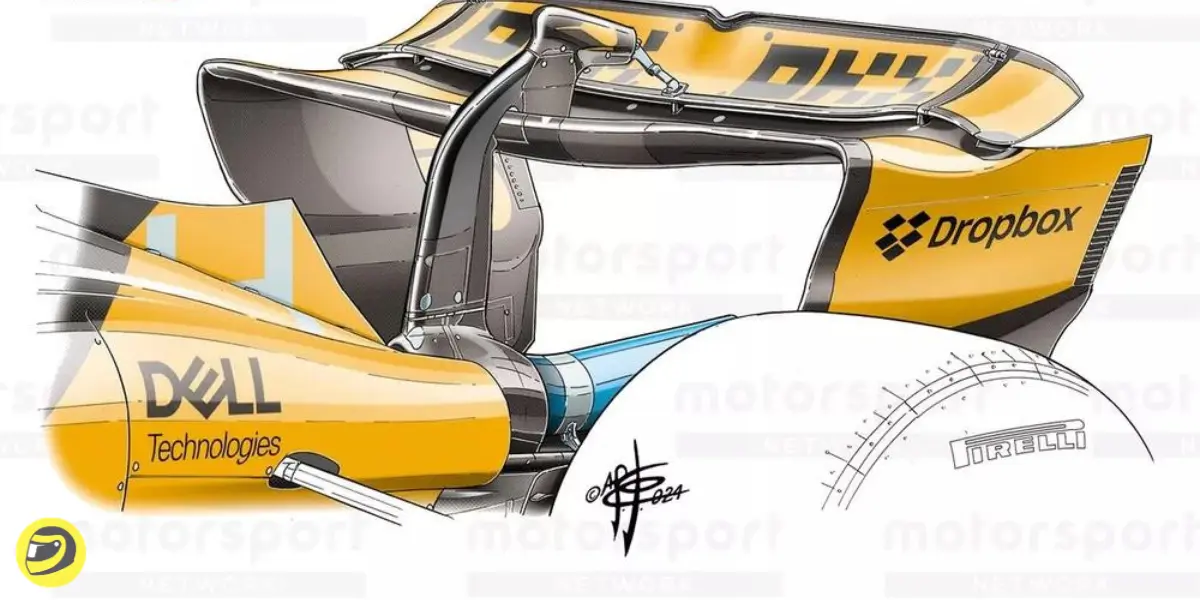
As aerodynamic load builds up, the gap between the upper flap and mainplane of the rear wing increases, potentially reducing drag across the entire lap.
While not as potent as a full DRS deployment, this 'mini-DRS' effect could provide a significant performance boost, particularly on high-speed circuits.
Navigating the Gray Areas of F1 Regulations
The topic of flexible aerodynamic components has long been a contentious issue in Formula 1.
Teams constantly seek to exploit aeroelasticity to enhance performance while staying within the bounds of FIA regulations.
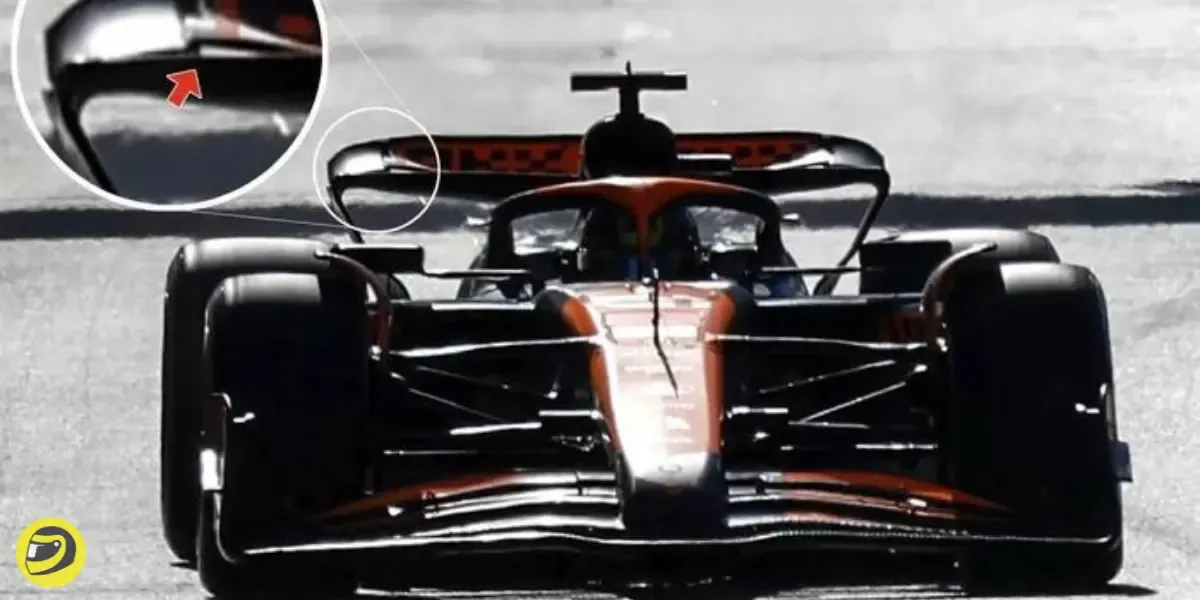
The governing body employs static tests to establish baselines for component flexibility, but these tests can't fully replicate the dynamic loads experienced on track.
To address this, the FIA introduced additional monitoring methods in 2021, including the use of targeted dots on rear wings to track deformation through onboard camera footage.
This approach has largely succeeded in self-policing excessive wing rotation, and similar tactics have been applied to front wings this season.
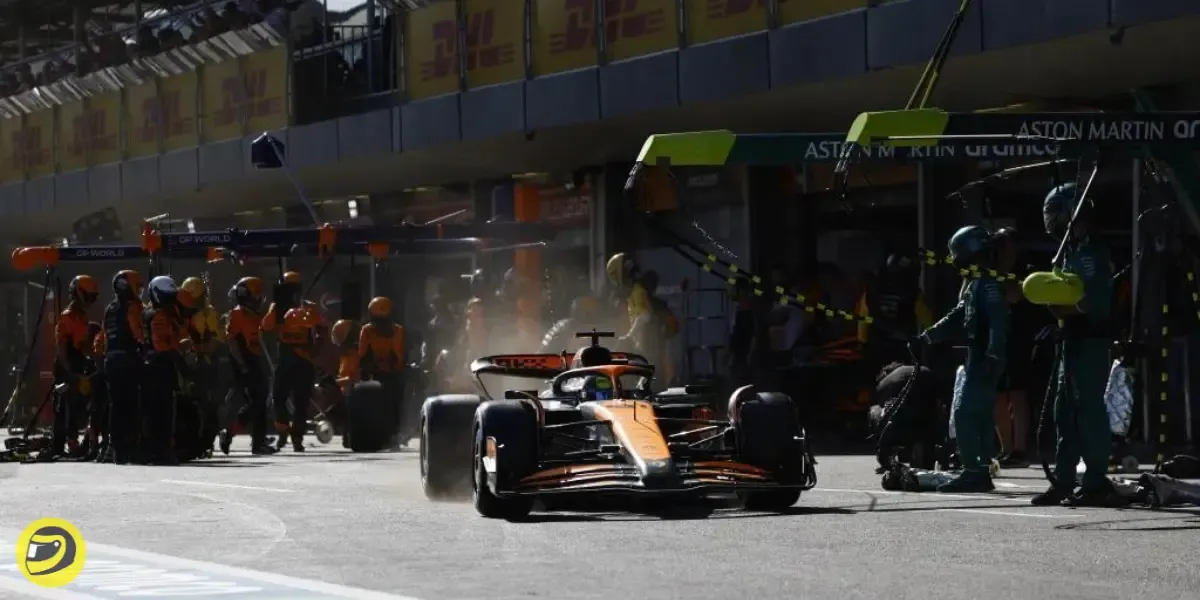
The fact that McLaren's wing design has been in use for several races without intervention suggests that the FIA currently considers it to be within regulatory bounds.
However, this latest development is likely to reignite debates surrounding flexi-wings and their place in modern Formula 1.


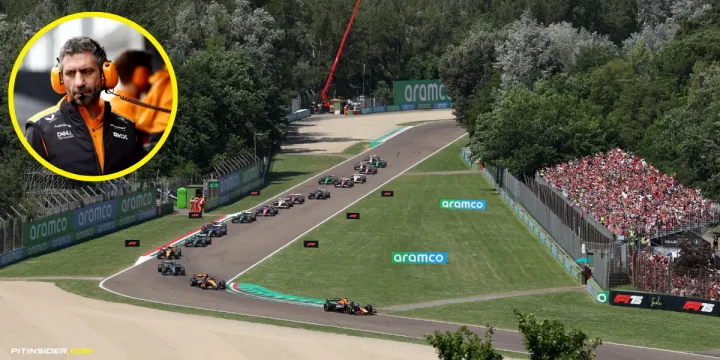
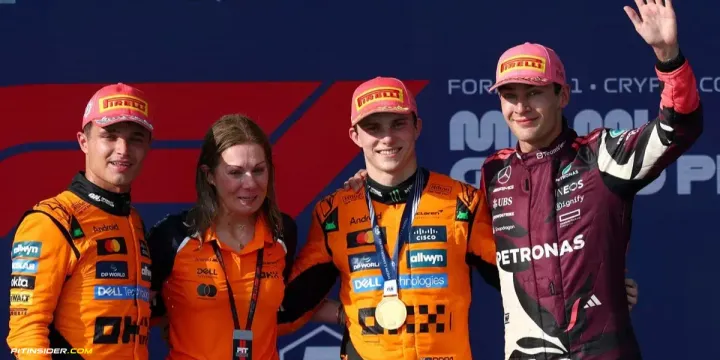
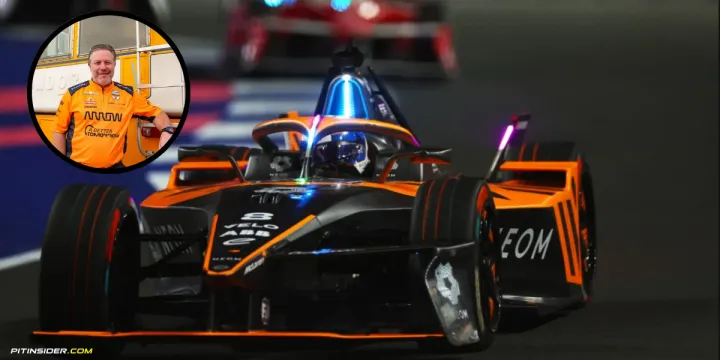
Comments ()